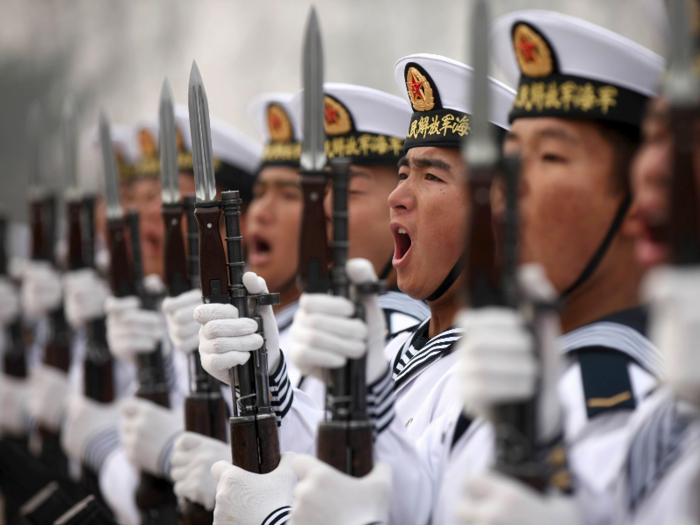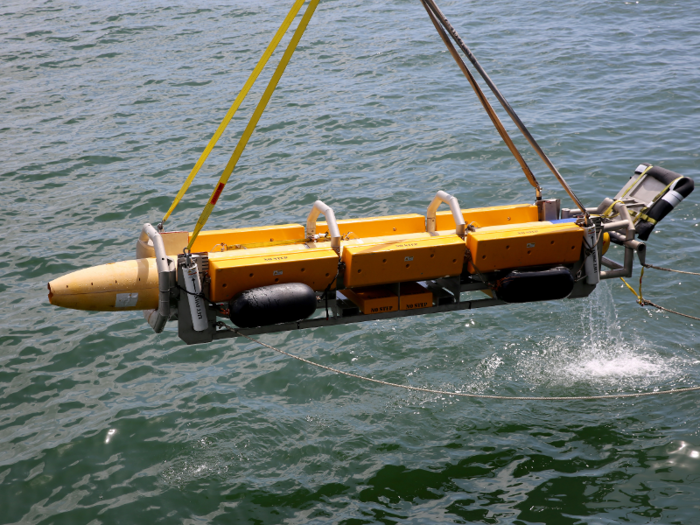This UUV technology is a good investment in helping China gather intelligence on the US and its allies.
The UUV is a strategically smart investment for China because it can be deployed from the mainland, or one of its many bases in the South China Sea, which are in close proximity to a number of nations friendly to the US, including the Philippines and Taiwan.
And in the East China Sea — where the UUV would most likely be used, Clark said, given its endurance of a couple of months at most — it could gather intelligence on Japan, one of the US's most important allies in the Pacific.
"China has lots of territory in proximity to US allies," but the reverse isn't true, Clark pointed out. The US he said, is at a strategic disadvantage in the UUV race against China, he said, "because it's an away game."
But US technology still outpaces Chinese on the UUV front.
The US has been developing its own UUVs, in a variety of sizes and with a variety of uses, Clark told Insider.
The Orca, an extra-large UUV currently being developed for the Navy by Boeing, could have a variety of uses, including anti-submarine warfare, mine countermeasures, electronic warfare, and strike missions, USNI News reports.
The US is also developing medium-sized drones that can be used as torpedoes, and tiny UUVs three to six inches in diameter that can be used in swarms. They could be dropped by planes and used to deliver small mines, or as reconnaissance, Clark told Insider.
Chinese electronic systems are untested, and, as Clark told Insider, "in general, propulsion technology has not been the strong suit of the Chinese." Their engine technology is has historically been second-rate, although it is showing signs of improvement.
Still, though,"the problem becomes reliability."


